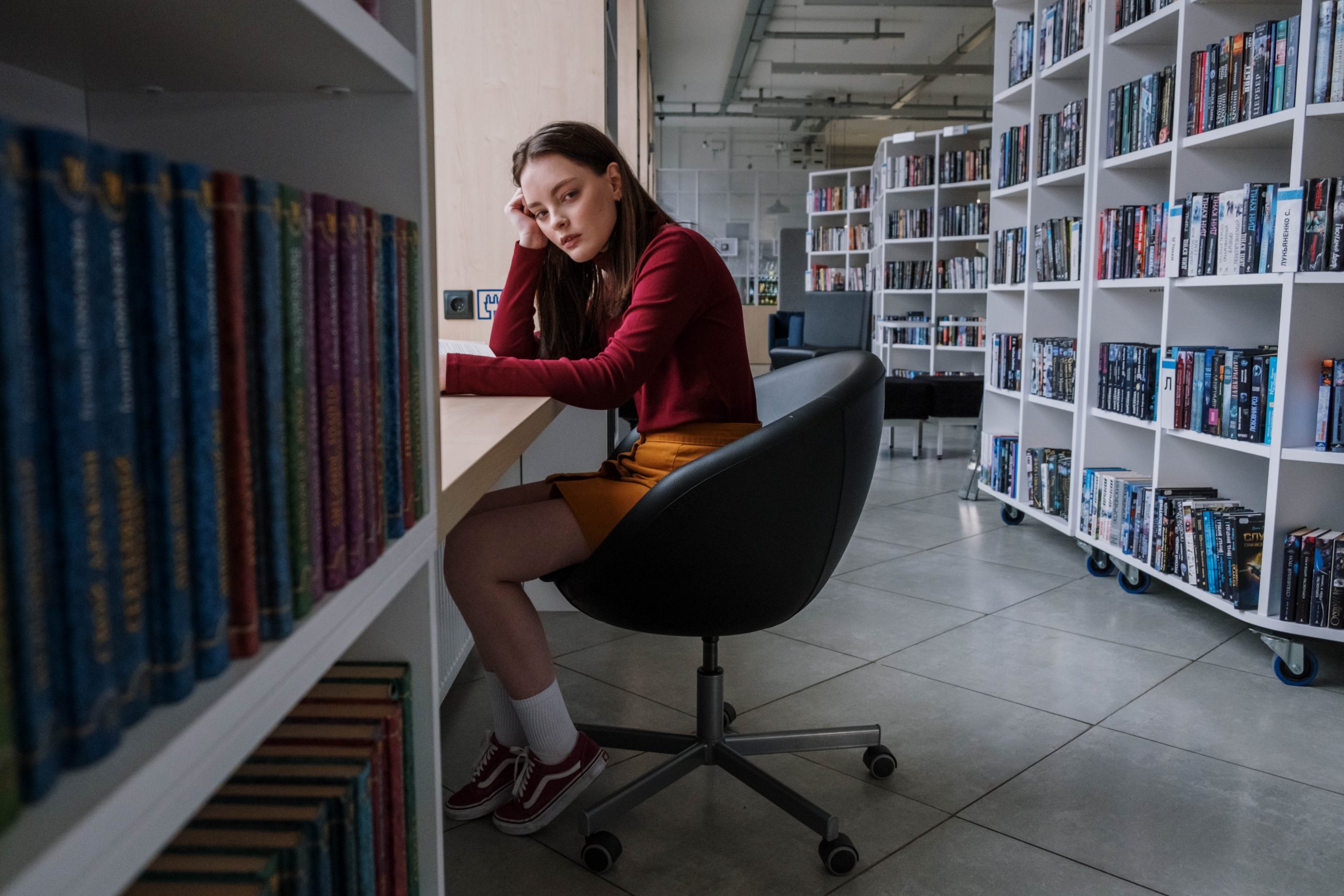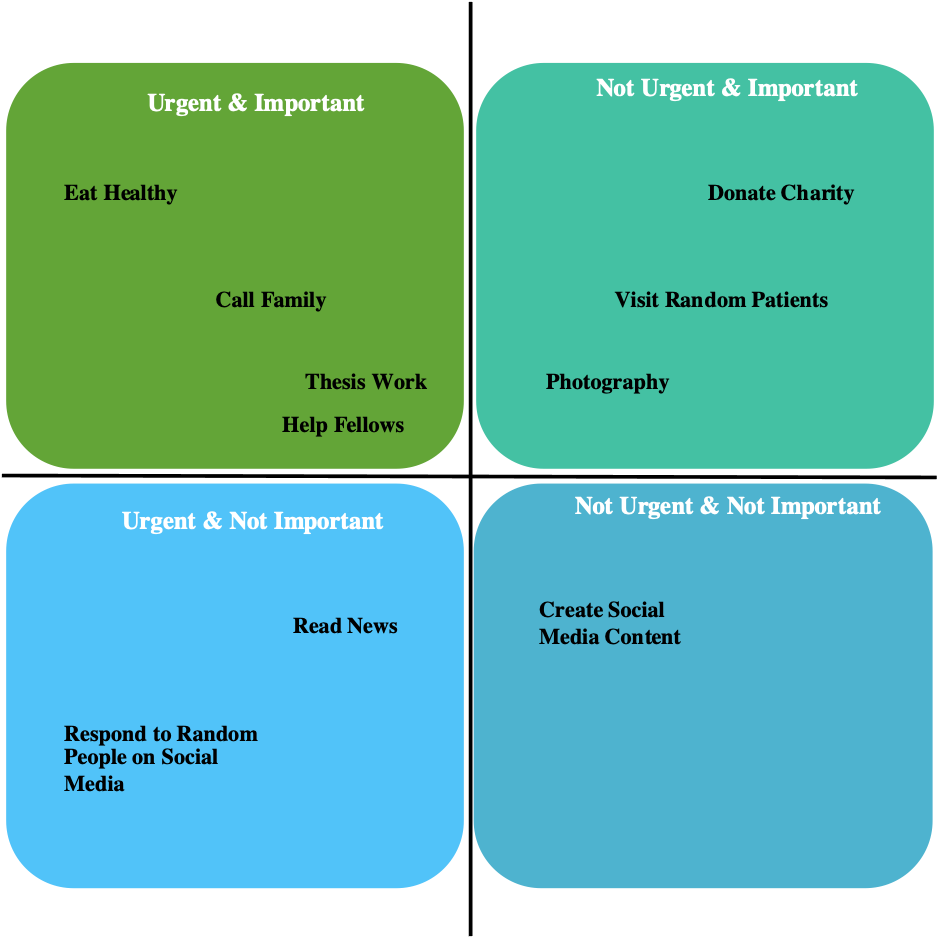
How Students Can Overcome Coronavirus Procrastination Problem Using Eisenhower Matrix
- Post by: Muhammad Nauman Shahid
- June 23, 2021
- No Comment
In the last year and a half, I have heard many students complaining about the difficulties they face balancing their personal and academic lives while staying at home amid the COVID-19 pandemic. Many students claim to have not been working from home but rather are living at work. As a result, the growing imbalance between competing interests – such as study, relationships, family, friends, leisure, and exercise – ends up in coronavirus procrastination every now and then. Students report a reduced ability to prioritize competing interests in comparison to the pre-COVID era. Many believe that if COVID-related lockdowns and travel bans are regularly stretched, not only would the number of procrastinators increase, but psychological discomfort would result in an increase in anxiety and depressive illnesses.
There is one tool that I have found to be especially helpful in navigating this issue: the Eisenhower Matrix. The graphic, which was originally produced by the 34th President of the United States David Dwight Eisenhower, can assist students in prioritizing tasks according to their importance and urgency. While the majority of professionals use it at workplaces, I’ve broadened it by including my own example as to how I do everything during the course of a day.
How it works: Draw a four quadrants graphic on a piece of paper. Each quadrant should be labelled as follows.

Now note down any chores that are buzzing in your head on the paper. “Urgent” refers to work that must be finished immediately in this context. These are your absolute non-negotiables. For instance, making phone calls to my family is an important task for me.
The following is an illustration of how my matrix would look:

Adding and rearranging priorities during the day is OK. When time is limited, I prioritize tasks that are closest to the matrix’s centre. While I wish I could aid my fellow humans today, I realize that doing so tomorrow is acceptable. I use arrows to reorganize my priorities as necessary.
Each individual’s priorities will be different. You may be surprised to learn that “reading a newspaper” is a “critical” activity for me, but it is how I relax at the end of the day.
The manner in which you begin the sheet indicates your ideal self’s response. What you’re really doing is creating a mess at the end of the day by using arrows to shift everything until tomorrow. This is not an activity designed to make you feel bad about yourself; rather, it is intended to assist you in decreasing the gap between your real and ideal selves.
It’s more difficult to deny the daily trade-offs you make when they’re laid out in front of you. As you observe less movement on the page over time, you’ll notice that you’re living more in sync with what genuinely matters.
